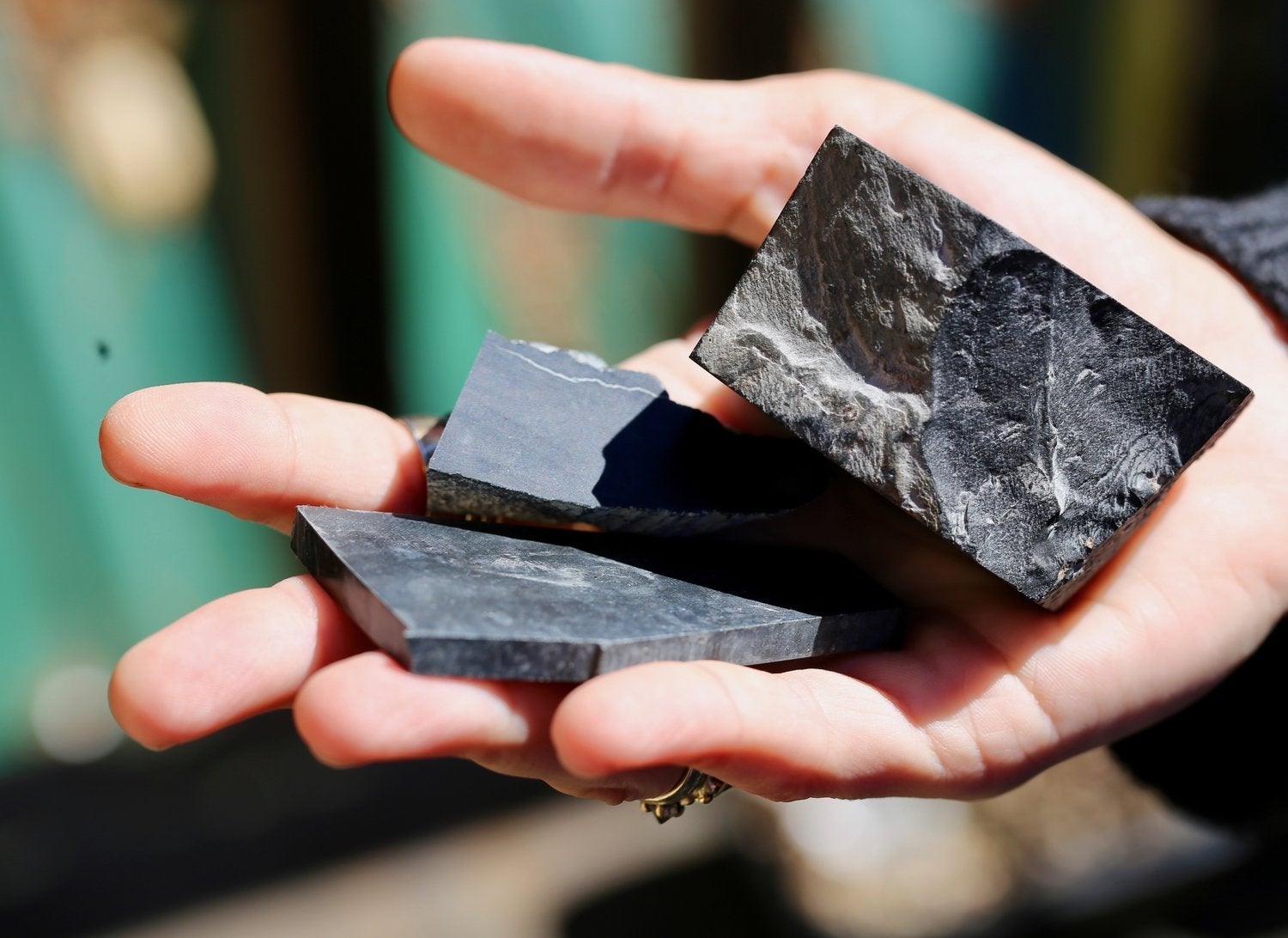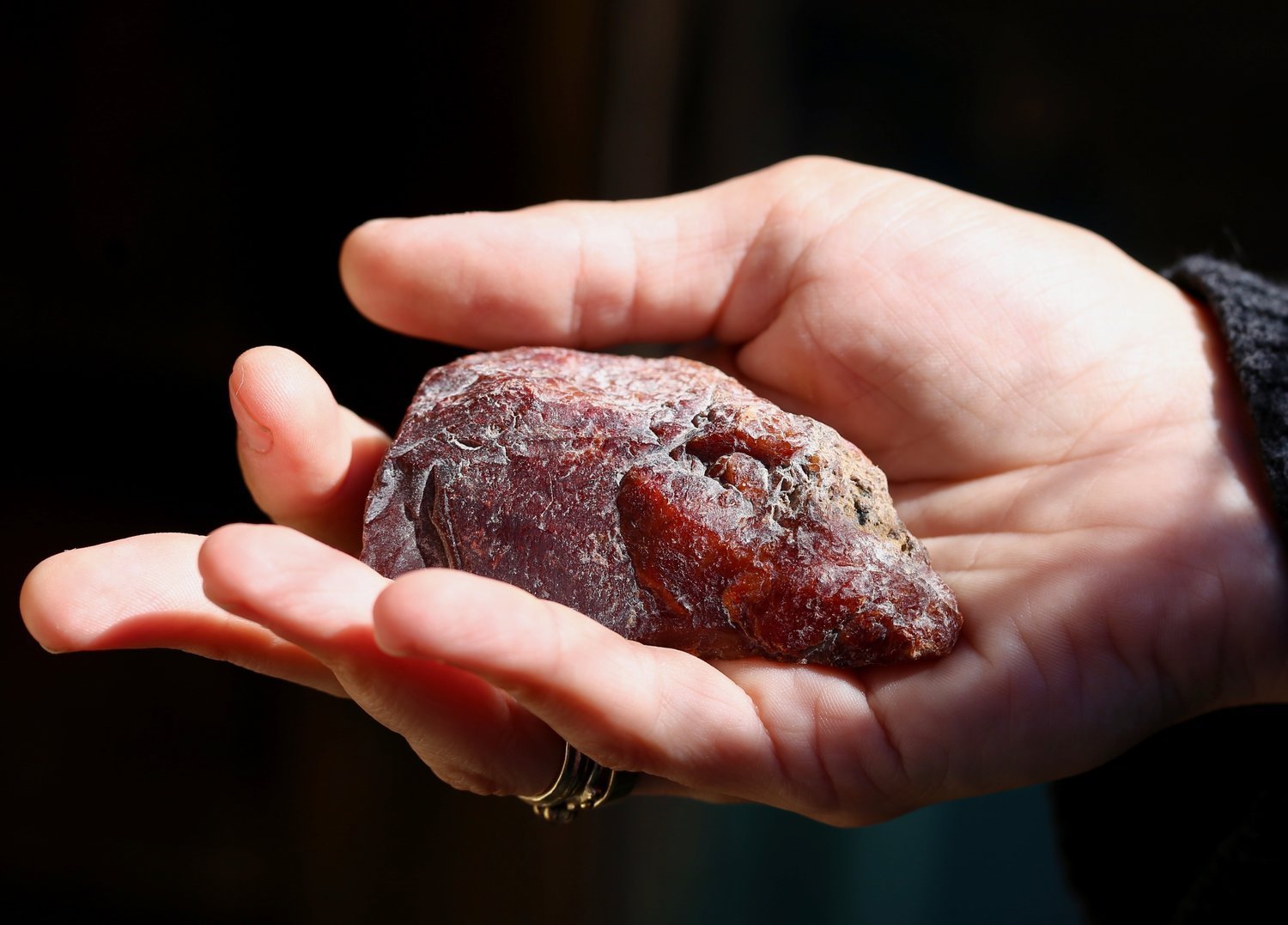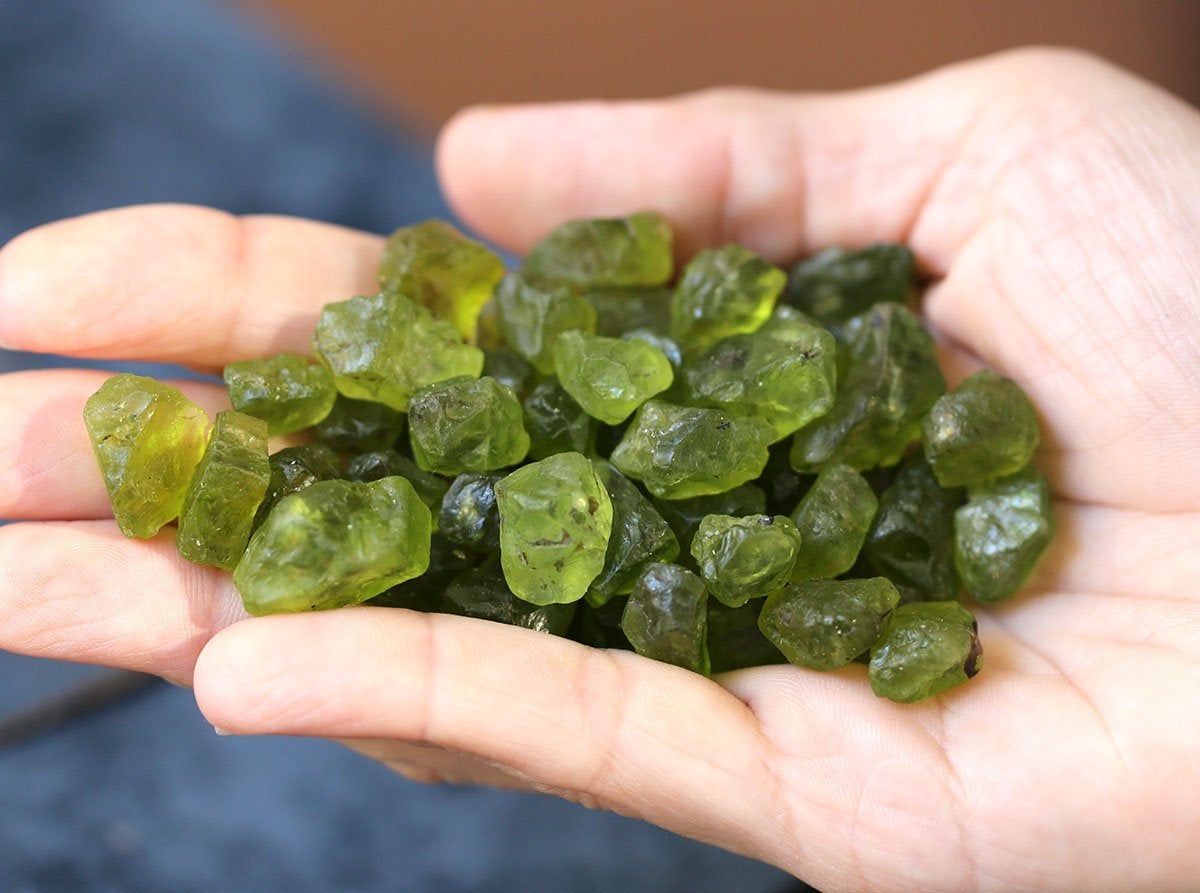
Jade's Rich History From Ancient China To The Aztecs
Jade is perhaps one of the most well-known and loved gemstones out there. With a history spanning thousands of years, it almost seems as though humanity has always had a special affinity for this gorgeous stone.

The Types of Jade - Jadeite and Nephrite
‘Jade’ is used to refer to two minerals – jadeite and/or nephrite. Nephrite is the softer of the two, but it is tougher and break-resistant. The two minerals were both regarded as ‘jade’ and were not distinguished until 1863 by French Mineralogist Alexis Damour. Jadeite remains the rarer of the two.
Jade Colors
The colors range from light to dark shades of green though jadeite can be found in shades of blue, brown, black, lavender, white and red. A ‘creamy’ white color nephrite can also be found, referred to as ‘Mutton fat’ jade in China.

Jade In The Stone Age
The story of jade goes back to pre-written history, with Stone Age populations from Asia to South America using jade to fashion ax-heads, arrows, tools, beads, knives and other weapons. The use of jade for tool-making was very popular until the Bronze Age when wide-scale metalworking was in use. After this, jade became used for ornamental and decorative purposes, mostly for jewelry.

Jade In Ancient China
Jade has long been associated with South East Asia, where it is regarded as good-fortune bringer. In particular, the Chinese have been using jade for centuries, with the name for jade being written in Chinese since around 2950 BCE. Confucius spoke highly of jade, saying its brightness represented Heaven. The Chinese also believed jade would ward off the effects of death and decomposition. Jade burial suits were used to bury members of the royal family during the Han Dynasty and jade was regarded as an ‘imperial’ gem. With the expansion of the Silk Road, jade became popular with many tribes and peoples throughout Asia, Central Asia and Europe.
Jade Use By The Māori People of New Zealand
Jade was also frequently used by the Māori people of New Zealand, who fashioned weaponry, tools and ornamental pieces. The Māori word for jade is ‘pounamu’ and the nephrite jade found in New Zealand was regarded as a protected treasure or Taonga under the Treaty of Waitangi – meaning it is protected from exploitation from would-be miners.

Jade in Olmec and Aztec Civilizations
Jade was also used in Mesoamerica, by the pre-Columbian civilizations such as the Olmecs and Aztecs. Being difficult to obtain, jade was a status symbol used by the societal elites. Jade was often inscribed with hieroglyphics and used in rituals and spiritual ceremonies. The jade mine was located in modern-day Guatemala.

The Current State Of Jade
Jade jewelry remains a staple in high and commercial jewelry with its popularity really standing the test of time. Today jade is found in a variety of countries from Canada and Guatemala to Russia and China, though it is Myanmar that has become one of the leading nations for jade production. Myanmar produces up to 70% of the world’s jadeite and has been mining jade since around the 10th century CE, according to Chinese sources.
We source nephrite black jade from Wyoming. There is a vein of jade that runs through Wyoming. The edges of the vein are dark green while the center of it is black. To get your own unique piece, check out our made to order black jade jewelry here.



